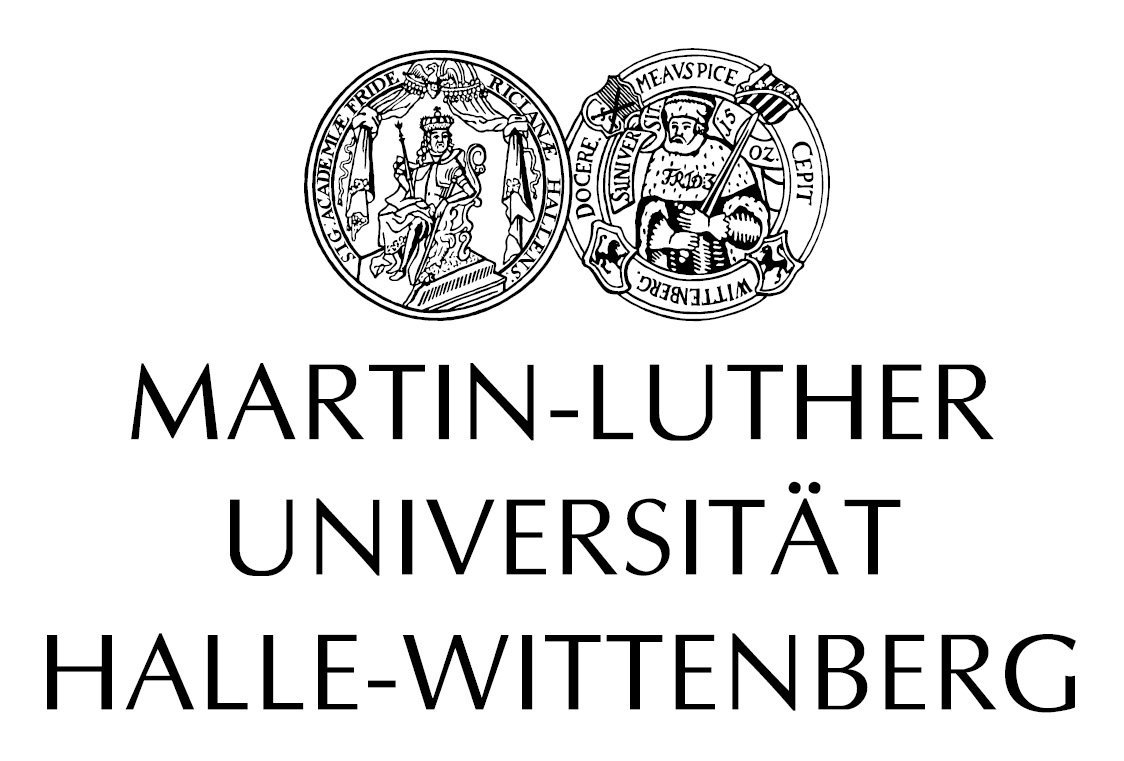// P05

Initiation of Jasmonate biosynthesis in plastids
Project Leader// Dr. Debora Gasperini
Leibniz Institute of Plant Biochemistry
Department of Molecular Signal Processing
Jasmonate Signaling
Both animals and plants produce potently active lipid-derived mediators in response to tissue damage. These oxygenated lipid derivatives include leukotrienes and prostaglandins in animals, and jasmonates in plants. Mechanical wounding of plant tissues is particularly effective in inducing the accumulation of the prohormone jasmonic acid (JA) and the biologically active jasmonoyl-L-isoleucine (JA-Ile), which activates defense responses and inhibits growth to promote plant fitness. Although critical aspects of JA biosynthesis and perception are well characterized, it is still unclear how extracellular stimuli trigger and modulate JA production. Available evidence suggests that JA synthesis is controlled at the post-transcriptional level by the activation of pre-existing JA biosynthetic enzymes residing in plastids. In this project, we aim to characterize inter-compartmental transduction events leading to the activation of plastidial enzymes after mechanical wounding and osmotic stress (Mielke et al 2021, Sci Adv). By using primary roots of Arabidopsis thaliana and advanced in vivo imaging techniques, this project is geared towards enhancing our basic knowledge of how plants perceive, transmit and integrate information about their environment to prompt adaptive metabolic and growth responses.


